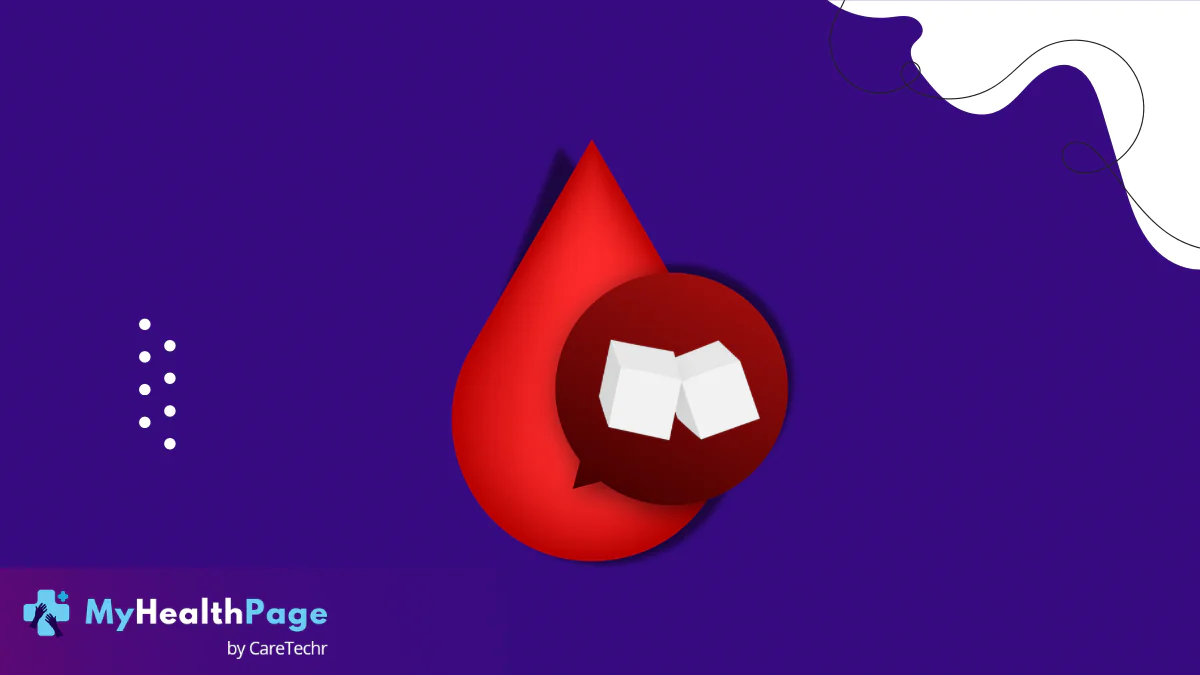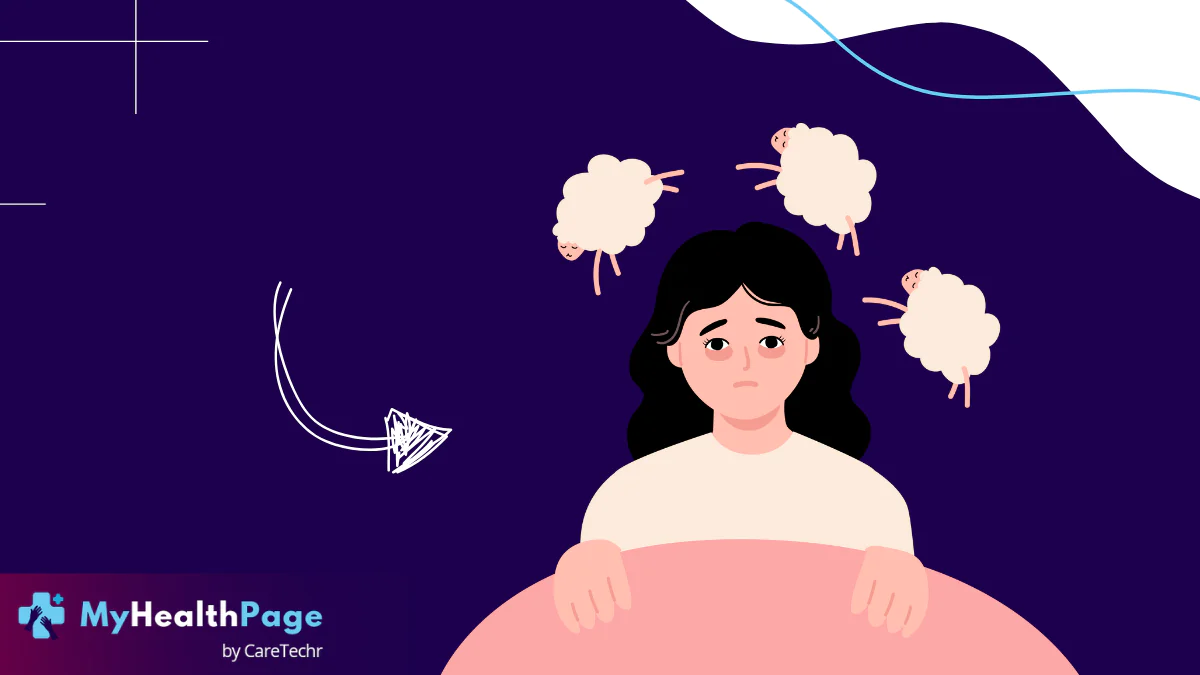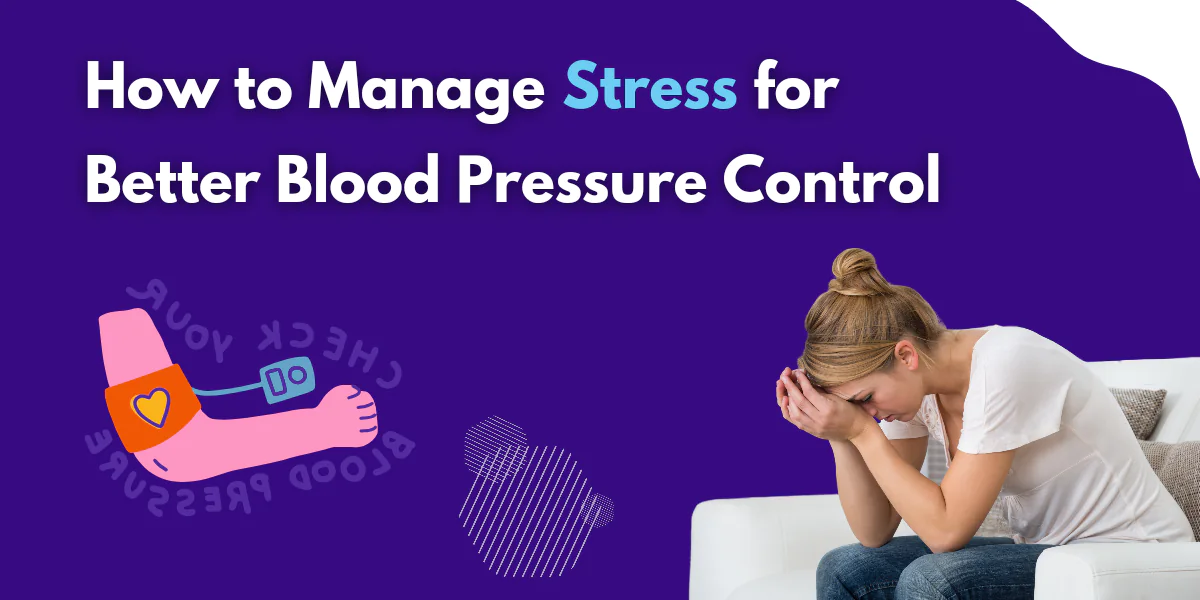Back pain, a common ailment affecting individuals of all ages, stands as a leading cause of disability worldwide. This article delves into the intricacies of back pain, offering insights into its symptoms, diagnosis, and treatment options. By understanding the underlying causes and preventive measures, individuals can better manage this condition and improve their quality of life.
Common Symptoms
Back pain manifests in various forms, ranging from a persistent dull ache to acute, sharp discomfort. Common symptoms include:
Localized Pain: Often felt in the lower back, it can range from mild to severe.
Radiating Pain: Sharp, shooting pain that may extend down to the legs, indicating nerve involvement.
Stiffness and Limited Mobility: Difficulty bending, stretching, or engaging in daily activities.
Muscle Spasms: Sudden, involuntary muscle contractions causing intense pain.
Diagnosis
Diagnosing back pain involves a multi-faceted approach:
Physical Examination: Assessing pain points, mobility, and muscle strength.
Medical History Review: Understanding past injuries, health conditions, and lifestyle factors.
Imaging Tests: Utilizing X-rays, MRI, or CT scans to identify structural issues.
Other Diagnostic Procedures: Employing blood tests or nerve studies for more comprehensive insights.
Early diagnosis can significantly enhance treatment effectiveness and prevent chronic conditions.
Duration and Course
Understanding the nature and expected duration of back pain is essential for effective management and alleviating concerns:
Acute Back Pain: Typically short-term, lasting from a few days to a few weeks. It’s usually mechanical in nature, such as muscle strains or ligament sprains. The prognosis for acute back pain is generally good, with most individuals experiencing significant improvement within weeks.
Chronic Back Pain: This persists for 12 weeks or longer, even after an initial injury or underlying cause of acute pain has been treated. Chronic pain may originate from various factors, including degenerative disc disease, long-standing spinal alignment issues, or deeper underlying health issues. The course of chronic back pain can vary greatly, with periods of remission and exacerbation.
Prevention Strategies
Preventive strategies are crucial in mitigating the risk of developing back pain and in reducing the severity of existing pain:
Exercise: Regular physical activity strengthens back muscles and improves flexibility. Core-strengthening exercises, in particular, support the spine, reducing the risk of injuries.
Ergonomics and Posture: Correct posture reduces spinal stress. Ergonomic workplace adjustments, such as chair supports and appropriate desk heights, play a significant role in maintaining spinal health.
Healthy Weight: Excess body weight puts additional strain on the back. Maintaining a healthy weight through diet and exercise is key to preventing back pain.
Stress Management: Chronic stress can result in muscle tension and exacerbate back pain. Techniques like deep breathing, mindfulness meditation, and yoga can be effective in managing stress.
Available Treatment Options
The treatment of back pain is multifaceted and may include a combination of methods:
Medications: These range from over-the-counter pain relievers, such as acetaminophen and NSAIDs, to prescription medications including muscle relaxants, antidepressants, and in some cases, opioids for severe pain.
Physical Therapy: A cornerstone of back pain treatment, physical therapy involves tailored exercises to increase flexibility, strengthen back and core muscles, and improve posture.
Alternative Treatments: Options like acupuncture, chiropractic care, and massage therapy can complement traditional medical treatments.
Surgery: In cases where pain is caused by structural problems in the spine, such as a herniated disk or spinal stenosis, surgery might be necessary.
Seeking Professional Help
It’s crucial to know when to seek medical advice for back pain:
Persistent Pain: If the pain persists for more than a few weeks or interferes with daily activities, it’s important to see a healthcare professional.
Severe Symptoms: Symptoms like significant leg weakness, bladder or bowel incontinence, or severe, unrelenting pain require immediate medical attention.
Recurring Pain: Frequent episodes of back pain may indicate an underlying condition that needs professional assessment and treatment.
Early intervention can prevent the progression of back pain and reduce the risk of chronic pain development.
Health Predictions
Long-term outcomes for individuals with back pain can vary, but understanding the prognosis is key:
Recovery and Recurrence: Many individuals recover from episodes of acute back pain within a few weeks. However, recurrence is common, underscoring the importance of ongoing preventive measures and lifestyle adjustments.
Chronic Pain Management: Managing chronic back pain effectively often requires a multifaceted approach, including medical treatment, physical therapy, and possibly psychological support. The goal is to manage pain and maintain as much normal function as possible.
Quality of Life: Incorporating regular exercise, maintaining a healthy weight, practicing good posture, and using ergonomic tools can significantly improve the quality of life for those with back pain. Adapting these lifestyle changes can help in managing symptoms and preventing future episodes.Understanding these health predictions is vital for long-term back pain management. It empowers individuals to take active roles in their treatment and make informed decisions about their health care.
Read more: How Long Does Shilajit Take to Increase Energy
Disclaimer : The information provided on myhealthpage.in is not a substitute for professional medical advice, diagnosis, or treatment. If you have any questions or concerns about your health, please consult with a licensed physician or other qualified healthcare provider.




















